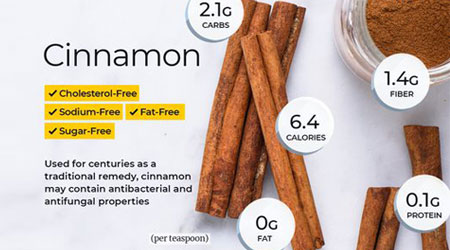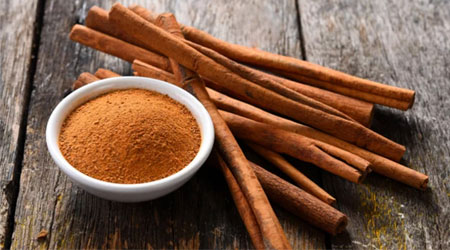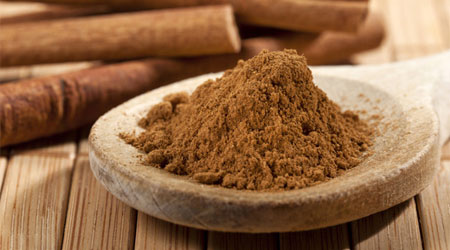Cinnamon has been in use since ancient times. From the beginning of its use in 2000 BC in ancient Egypt, our ancestors used cinnamon for various purposes. It is now the second most popular spice, after black pepper, in the United States and Europe. Cinnamon maintains a strong reputation in the world market due to its unique functional properties.
Cinnamon is delivered to the consumer in various forms such as oils, powder, or whole as pieces of bark. Other than being a flavor ingredient in food preparation, cinnamon products are used for various activities involving medicinal purposes, soft drink production, perfume production, etc.

There are hundreds of types of Cinnamon. But only four of them are being used for commercial purposes. Ceylon Cinnamon, also known as true Cinnamon (Cinnamomum zeylanicum), Chinese Cinnamon commonly known as cassia (Cinnamomum cassia), Indonesian Cinnamon (Cinnamomum burmanni), Vietnamese Cinnamon (Cinnamomum loureiroi) are the most common. These four species of cinnamon meet 88% of the world’s cinnamon demand. However, the market value of Ceylon cinnamon is very high compared to the other three varieties.
Ceylon Cinnamon is different from other varieties. The cinnamon spice grown in Sri Lanka has unique advantages due to its organoleptic properties. Compared to the other cinnamon varieties, it has a distinctive shape, light color, delicate taste, and pleasant odor. Recent studies have shown that cassia cinnamon has been the cause of exposure to coumarin. Coumarin is highly hepatotoxic and carcinogenic. Even though very expensive, Ceylon cinnamon is most preferred by the whole world due to its ultra-low coumarin levels and mild delicate taste. It also has properties that contribute to many health benefits.


More than 80 chemical compounds can be found in Cinnamon including, Cinnamaldehyde, Cinnamic acid, Eugenol, and Cinnamate. Some studies have shown that those active components in cinnamon have antioxidant, anti-inflammatory, antimicrobial, and other properties. In addition, cinnamon has health benefits as it supports avoiding the risks of getting diseases and disorders. The functional properties could be beneficial for treating different diseases like cardiovascular disease, cancers, diabetes, digestive issues, and neurological disorders.
Scientists have found evidence for many possible health benefits of cinnamon. Cinnamon functions to lower the risk of cancer. Cinnamon is rich in anti-inflammatory and antioxidant qualities. The polyphenols in Cinnamon acts as a strong activator of detoxifying enzymes in the body destroying prevailing cancer cells and providing protection against future growth of cancer cells. Various compounds in cinnamon benefit the cardiovascular system. For example, Cinnamaldehyde lowers blood pressure. Cinnamon is considered an alternative diabetes treatment. By increasing insulin sensitivity, Ceylon cinnamon lowers blood sugar levels. In addition, it can be used to relieve nausea, diarrhea, and loss of appetite.


Cinnamon supplements should be safe for most people when accurately dosed. Both Ceylon and Cassia cinnamon contain coumarin. When coumarin is consumed in extremely high doses, it might be toxic to the liver if it is taken in large amounts or over a long time. Cassia cinnamon contains high coumarin level in contrast of Ceylon cinnamon. Ceylon cinnamon has a smaller amount of coumarin in it, which makes it safer.